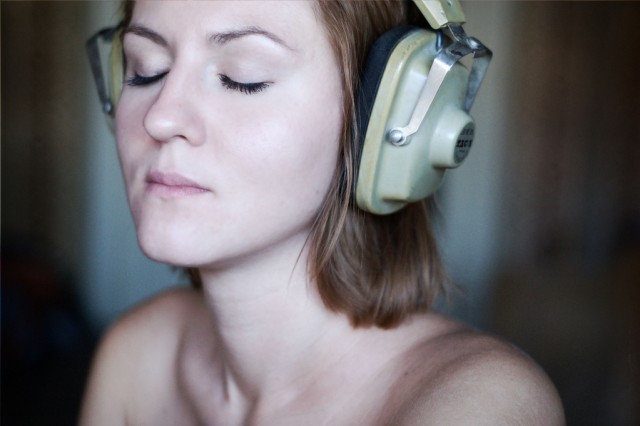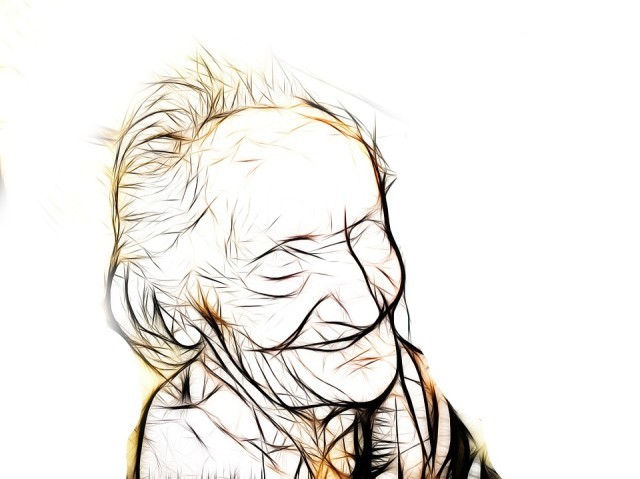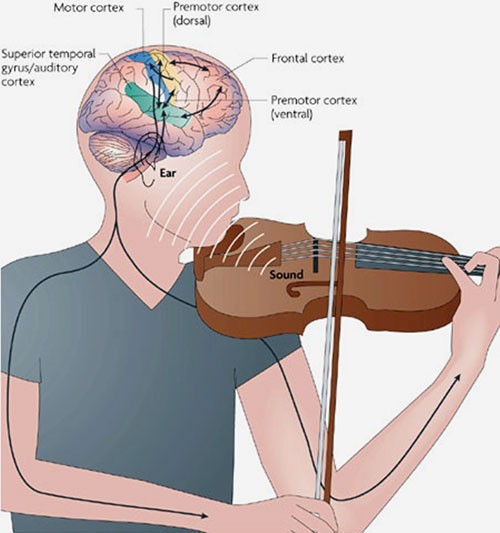The topic of driving can be a sensitive subject for folks with Parkinson’s disease (PD) and their care partners. Fortunately, just because one has a PD diagnosis does NOT necessarily mean that the freedom to drive needs to be taken away. There are many people with PD who continue to drive safely, years after they have been diagnosed.
However, we know that PD progresses over time. Symptoms change. Medications may be added and others stopped. Side effects from medications can change. New health problems may arise that make controlling PD more difficult. Because of these things, driving safety is an issue that requires re-evaluation from time to time. Independence and safety are priorities that should both be honored, while recognizing that sometimes modifications may need to be considered.
Things to consider when deciding whether to drive
Driving plays an important role in an individual’s sense of independence, personal control, and self-reliance, so giving up driving can be very difficult. People living with PD should consider the following questions when deciding whether or not to drive:
- How is my vision? Can I see well at night? Can I distinguish colors, such as in traffic lights?
- Would I be putting my passenger (friend or loved one) at risk?
- How fast is my reaction time? Could I safely avoid a surprise obstacle in the road?
- Has anyone (friend or family member) commented negatively on my ability to drive?
- Can I handle multiple activities at the same time (whether driving or not)?
- Can I effectively and quickly turn the wheel or step on the brake with enough strength?
- Do my medications for PD (or other conditions) cause side effects like sleepiness, dizziness, blurred vision, or confusion?
These are understandable and important questions to be considered, but often people struggle with how to discuss the issue with loved ones or care partners. Sharing concerns or observations with a trusted friend or family member might be a good place to start.
In some cases, speaking with a doctor or professional, such as an occupational therapist, might be helpful. The American Occupational Therapy Association maintains a searchable database to help locate a Driving Rehabilitation Specialist so you or a family member may receive an assessment (https://www.aota.org/Practice/ Productive-Aging/Driving/driving-specialistsdirectory-search.aspx).
Driver Rehabilitation Specialists work with people of all ages and abilities, evaluating, training, and exploring alternative transportation solutions. Another tool for rating driving ability is offered by AAA at https://seniordriving.aaa.com/evaluate-yourdriving-ability/self-rating-tool/. Local rehabilitation hospitals also sometimes offer assistance in driver evaluation and training.
When the time comes that a person with PD needs to give up driving, it is important to remember that there are options. Public transportation can be an option. Friends and family members are often happy to help, and it is important not to be afraid to ask. Also, look into special shuttle services through local organizations and community centers.
Socialization and staying active help manage Parkinson’s symptoms. You don’t have to stay home once you are no longer driving.
Article from February 2020 issue of Dallas Area Parkinsonism Society newsletter.











Recent Comments